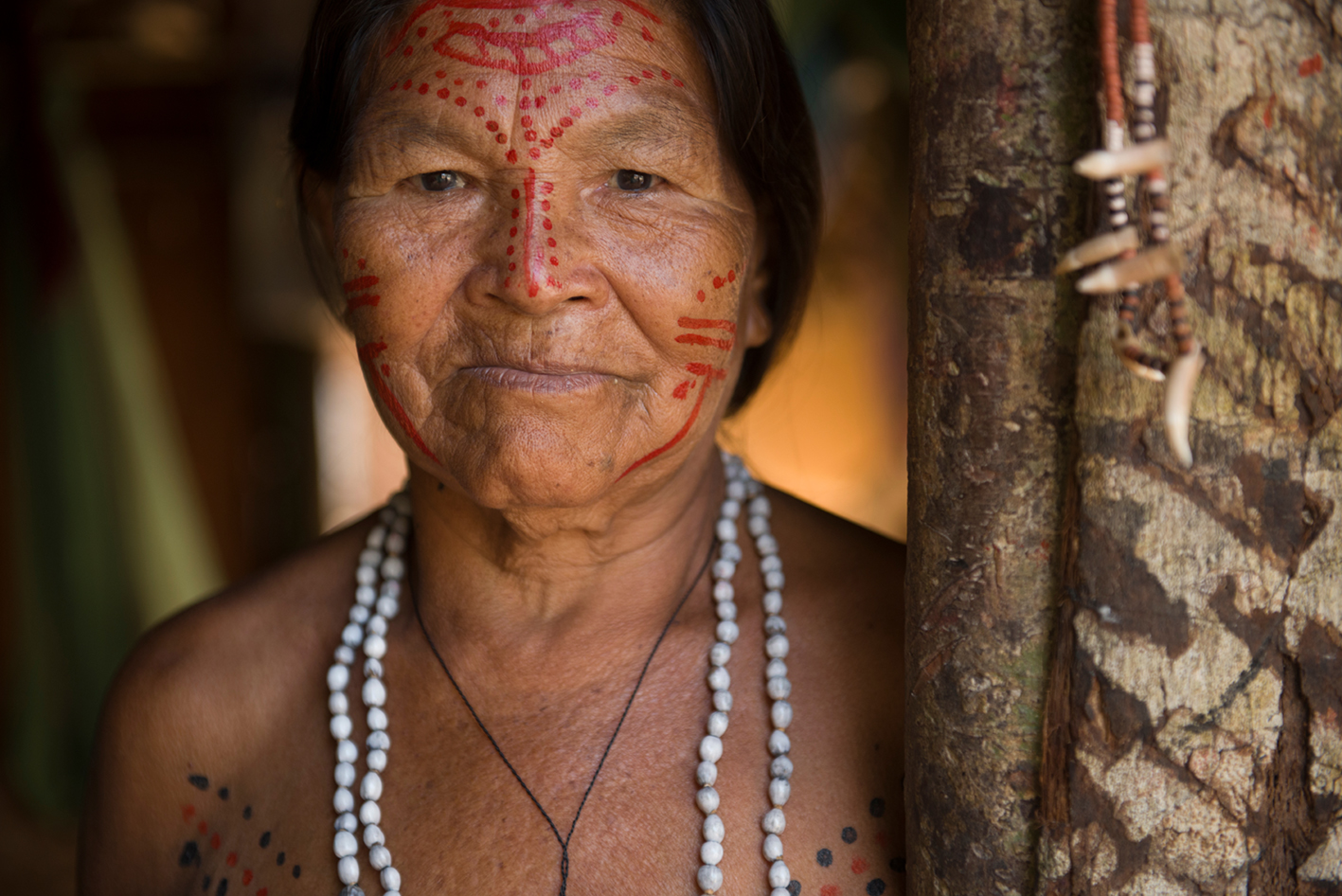Brazil's Supreme Court ordered a series of measures to contain COVID-19 infections and deaths among the country's indigenous population. The ruling came in response to a lawsuit filed by the Articulation of Indigenous Peoples of Brazil (APIB) and some political parties. In it, they denounce the government's failure to comply with constitutional precepts and advocate the adoption of greater governmental measures to combat the spread of the novel coronavirus among indigenous peoples.
The government has failed to guarantee the isolation of ethnic communities since extractive activities are being carried out in their territories. Workers that enter indigenous areas are a factor in the spread of the virus. In addition, the indigenous population is affected by an insufficient hospital network and lack of access to timely information, such as on virus testing and funeral protocols.
"Indigenous peoples are especially vulnerable to infectious diseases, for which they have low immunity and a mortality rate higher than the national average. There are indications of an accelerated expansion of COVID-19 among members and allegations that the government's efforts to stop its spread are insufficient," states the ruling signed by Luis Roberto Barros, a judge of the Court.
The measures determined by the Court include the installation of sanitary barriers to protect indigenous peoples who have no contact with the outside world and those who have been in recent contact with society; the creation of a "situation room" with the participation of members of the government, APIB, the Attorney General's Office and the Federal Public Defender's Office; and the elaboration, within 30 days, of a plan to confront the disease in indigenous peoples. That plan should include efforts to control the entry of intruders into indigenous lands, and be created with the participation of the communities themselves and the National Human Rights Council.
Finally, the Court ordered that all indigenous people, including those living in urban areas, should be covered by the Indigenous Health Care Subsystem, which had until now provided only limited assistance to indigenous people living in demarcated areas.

